Strength Training for Boxers (Detailed Program)
Author:
Reviewed by:
(21 years of Oly Lifting experience)
Unlock your full potential by engaging with our experts and community! Have questions about your fitness journey or looking for expert advice on weightlifting techniques? Don’t hesitate — leave a comment below and Sergii Putsov will provide a personalized answer and insights to help you reach your goals.
Torokhtiy is reader-supported. Some links are affiliate links, and we may earn a commission at no extra cost to you. See our disclosure page for details.
Boxing is a sport that takes a lot out of you. It requires you to be strong yet quick, big yet durable – combining all those qualities is insanely difficult. That’s why most professionals spend a lot of their time doing weight training for boxing, cardio, and even yoga and stretching.
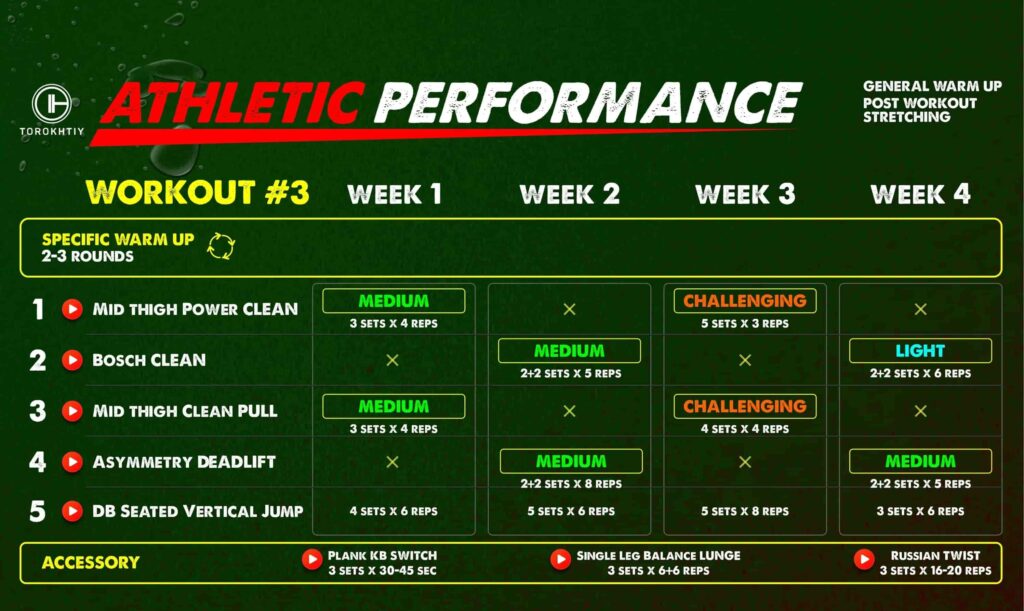
When it comes to boxer strength training, it’s slightly difficult compared to what you typically see other athletes do. And that’s due to several key factors. Also, it’s difficult for experts to come to a consensus on one specific training method when it comes to strength training and boxing. Some boxing coaches argue that weight lifting for boxing is entirely unnecessary.
In this article, we’re going to take a deeper dive into strength training for boxers. We will take a look at what it represents, how it can be done, what its potential benefits are, and what a boxing weight lifting routine looks like. And so, if you’re interested to learn about all that and more, then keep on reading.
Why Should You Do Weight Training for Boxing? Weight training for boxing can help you become a quicker, more explosive, and stronger athlete. During boxing fights, added power, speed, and endurance will increase your chances of winning while protecting you from injury.
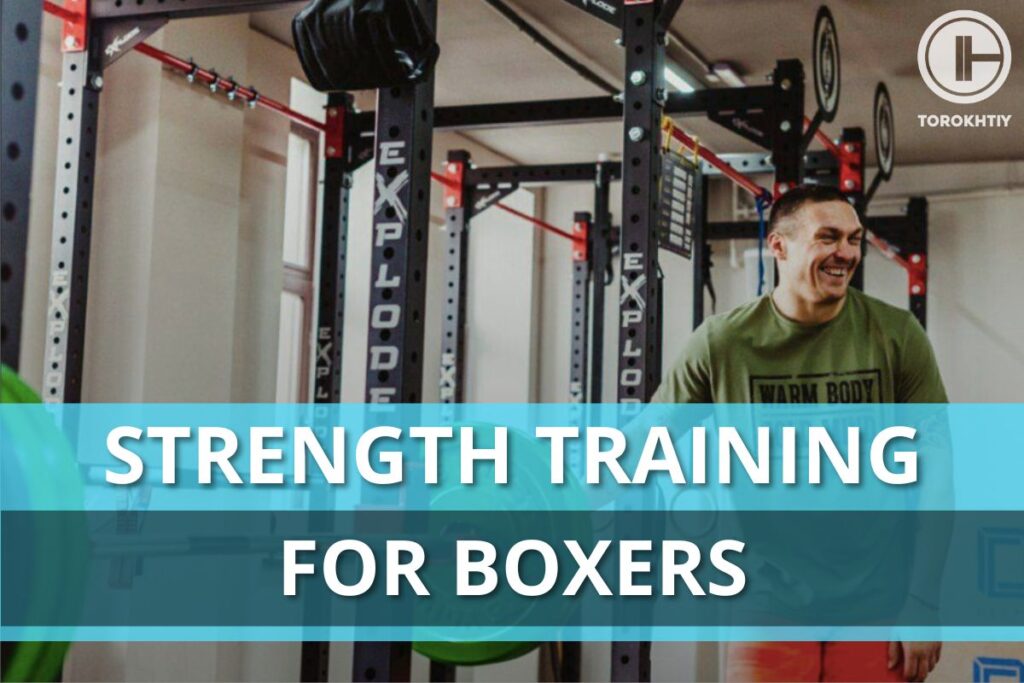
What’s Strength Training for Boxers?
When it comes to boxing, weight training programs for boxers have always caused quite a bit of controversy. That’s because, in the past, many of the veteran coaches strongly believed that boxing and weightlifting shouldn’t be mixed together, as they will make a boxer slower and stiffer.
Over the years, however, it has been proven that the right kind of routine will help the athlete increase their strength and speed.
This widespread belief that weight training makes the muscles tight and prone to fatigue is false. If the workouts are properly structured and specifically designed with boxing goals in mind, they will help to improve endurance and thus make the athlete less likely to get easily tired.
Along with that, the general idea that weightlifting makes you less flexible is yet another myth – if you’re someone suffering from mobility issues already, lifting weights won’t make the situation worse; in fact, it can make it better if you incorporate specific exercises into your program.
When it comes to weightlifting for boxers, the key is to help them become stronger and quicker while also less susceptible to injuries. That’s achieved by strengthing their ligaments, muscles, and bones.
In most sports nowadays, weight training is an integral part of an athlete’s routine, and that’s because its benefits have been proven over and over again.
The problem is that most boxers don’t follow specific programs tailored to their needs, but instead do the typical bodybuilding style of training that essentially does nothing for them since it doesn’t create the kind of functional strength needed to dominate the rink.
To put it simply, when done right, strength training can only help boxers improve their strength, endurance, speed, and mobility. When done incorrectly, it either leads to injuries or simply doesn’t give the desired effect.
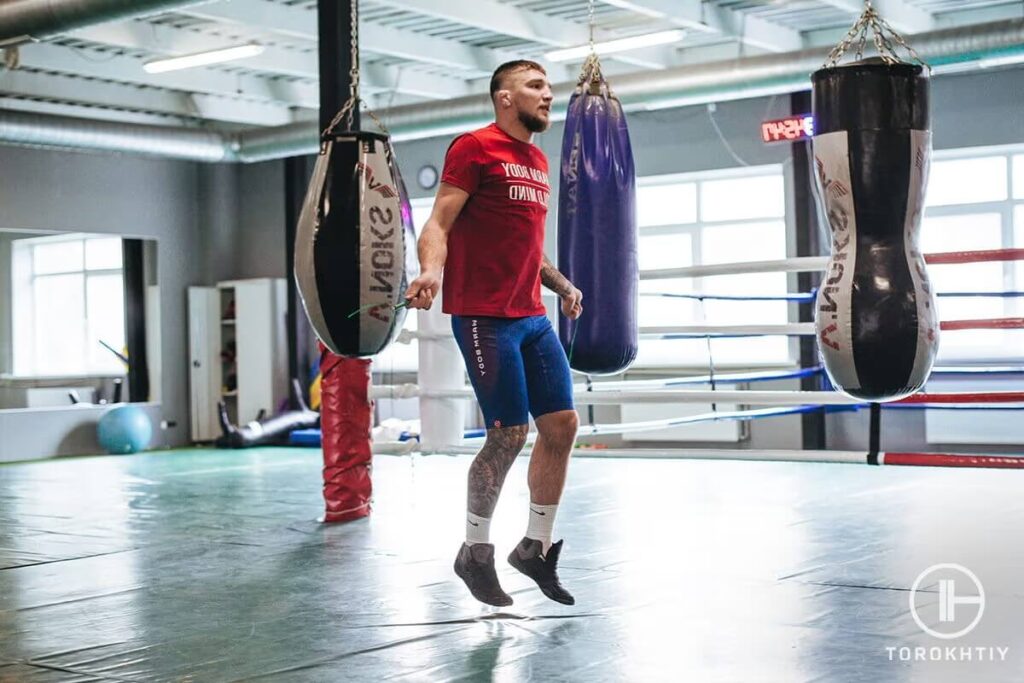
Benefits of Strength Training For Boxers
We’ve mentioned several times how strength training can be beneficial for boxers. However, what is it that it precisely helps you improve? Let’s take a look.
Better Endurance
Improving strength is not the only thing you get from weightlifting. It also helps increase your endurance, as well as your overall fitness levels. In essence, it allows you to train your body to work hard for long periods while maintaining the same level of performance.
This matters a lot in the rink, in particular, during long matches where you need to stay strong and maintain good performance over the course of multiple rounds. Improved endurance can help you win such matches and prevent the chances of you getting a muscle injury.
Improved Speed-Strength
One of the biggest benefits you get is the so-called improvement of speed-strength. This is typically achieved by using moderate weights while imitating a boxing-style workout. This kind of boxing workout with weights is basically you imitating bunching an opponent rapidly while holding a set of weights in your hands.
By doing it frequently, you increase the speed with which you move your fists, and over time, that will help you hit more effectively and quickly. Additionally, the better you become, the heavier you can start using.
Explosive Strength
The stronger you are, the harder you can hit. And weight training is one of the best ways for boxers to increase their maximal strength. Essentially, in fights, that can help when you’re up against an equally matched opponent who also has great speed and agility.
Having explosive strength allows you to produce maximum force in the shortest possible time frame – something that can be crucial for deciding tight fights that go on for multiple rounds.
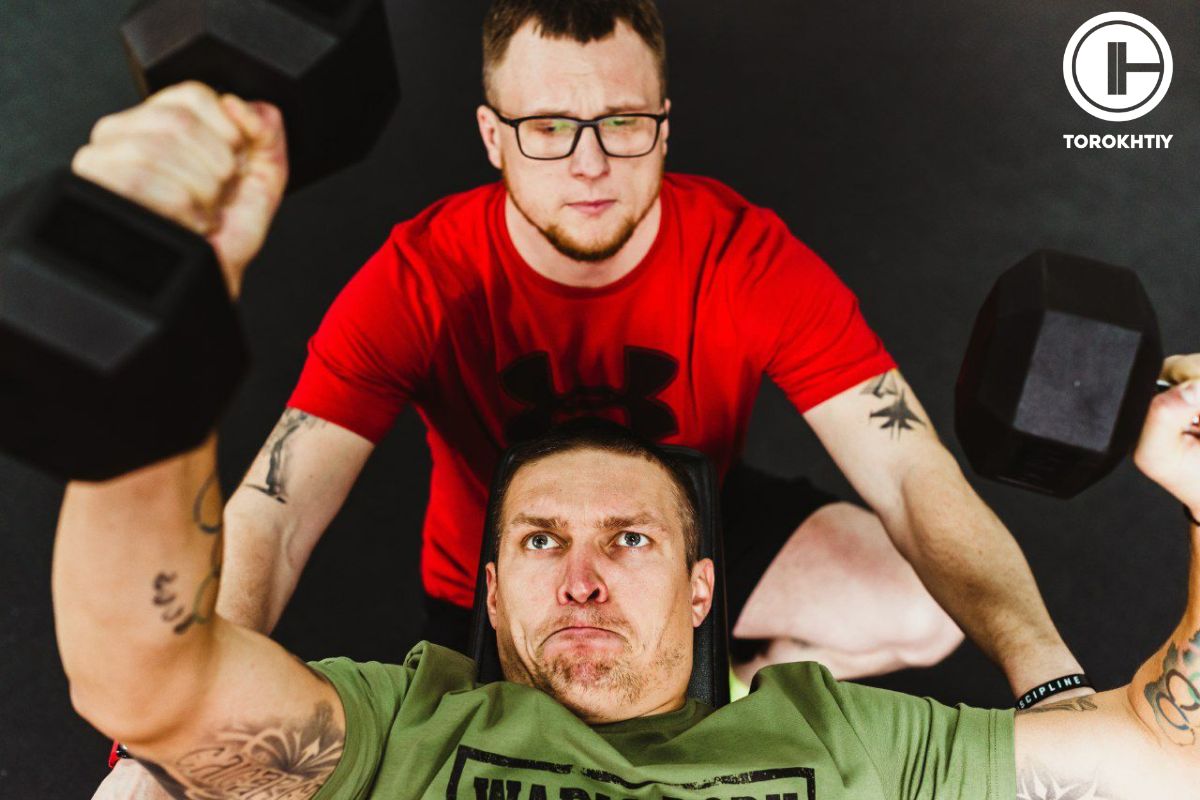
Strength Training Exercises for Boxers
Now that you know the answer to the question “Should boxers lift weights” is “Yes,” let’s talk more about the kind of exercises that are useful for fighters. As we mentioned, one of the biggest mistakes boxers tend to make is following a bodybuilding program that doesn’t build the kind of strength and the kind of muscle fiber their sport requires.
To help you avoid that, we’re going to talk about the exercises you should do in order to get the kind of results needed to become a better boxer.
Axe Chops / Woodchoppers
There is a reason this is the first exercise we’re mentioning. It’s among the best pens for helping you improve your explosiveness and strengthen your core. As you might have already guessed by the name, the movement you do in this exercise inmates the one associated with chopping a tree with an axe.
First, you grab the handle with both hands; then, you rotate the core – pulling either the resistance band or the cable in the process. It’s good to do this movement with enough weight so that you can do 8 to 10 reps at max. For it to be effective, go for 3 sets of 8 sets and try not to rest too much in between each set.
If you feel that getting to eight is extremely easy, then you should go for a higher weight – avoid doing it with light weights, as you won’t see that much effect from the exercise.
Shoulder Press
For boxers, the shoulders are one of the most important muscles in the body because they’re essential for throwing punches. And so the shoulder press is a terrific exercise for training explosiveness and power.
Here, you want to go for more reps and more sets – typically around 5 sets of 10-20 reps. This means that you need to choose a weight that’s not too heavy and with which you can comfortably work for an extended period of time. This exercise also engages your traps and your neck, which will help when you have to take a punch.
Bent-Over-Row
Another incredible exercise for the upper body is the bent-over-row. Typically rowing is often done on a machine, the variation with free weights is the better overall exercise, as it doesn’t limit your range of motion and it makes the movement more fluid – something that a boxer would prefer.
Free weights also require you to engage the supportive muscles that the gym machines usually don’t target – thus it becomes a more complex and helpful exercise.
To do the exercise, you need to get a barbell or two dumbbells, pick the weight from the ground and pull it to your stomach while in a bent-down position. When properly executed, it targets your back muscles, and that’s where you should feel it. Once you bring the barbell/dumbbell to your stomach, you should bring it down without allowing it to touch the floor.
As this is an exercise that’s typically done to increase strength, you want to do 3 sets of maximum 6 to 8 reps with a weight that you feel is heavy for you.
Squat
The squat is one of the essential weightlifting exercises. And even though you can do it with only your body weight, it’s better to do it with some pounds added on, as that way, you will progress faster. Squats work 70% of your body and your legs and are the main source of power you use when punching. So, if you feel like your punches are lacking something, then working on your legs is one way to increase strength and make them better.
A good variation of the squat you can do is the front squat, as it engages your core more, and it’s also technically more difficult to do, so the likelihood of you maintaining proper form is higher. Here, you want to again go for more reps and sets, so 5 sets, 10-20 reps.
Snatch
The snatch is an essential weightlifting exercise, and it’s definitely for advanced lifters. It’s extremely effective for developing explosive power, a crucial component of boxing. Along with that, it’s also one of the most efficient exercises.
It’s a complete movement that requires you to use the muscles of your entire body, so you only need to do a few reps to reap its benefits. Also, what’s worth mentioning is that this exercise is in no way a muscle builder, so it will help keep you light and quick while making you stronger.
And to break the myth that weightlifting makes you stiff, the snatch is one exercise that works on your stability and mobility. So besides explosiveness and power, you will also likely see an improvement in range of motion and balance.
Bench Press
The bench is most people’s favorite “bodybuilder” exercise, and it can have its place in a boxing workout program as long as you do it right. Focus on not doing “ego lifting” and instead do it with proper form – by tightening your glutes and back as you lift up and making sure to maintain engagement through the entire movement.
Do your best to not isolate your chest. If you adjust your grip to shoulder length, it will help to work your triceps more. This kind of variation imitates the move you do during a push-up.
Here, you want to focus on doing many reps and sets while being quick and explosive. So our recommendation is to do it once or twice a week, 5 sets, 10-20 reps.
Key Factors in Boxer’s Strength Training Routine
Now that you know what kind of exercises are typically done in a boxer’s program, you will likely find it easier to understand what are the main factors that need to be considered when building a strength training routine.
The Strengths & Weaknesses of the Athlete
Some boxers are naturally powerful and have innate strength that doesn’t need much development. On the other hand, those athletes likely lack speed and agility. On the other hand, those who are quick and explosive tend to lack raw power and strength. When determining what exercises need to be included in a program and how often they need to be performed, you must first consider the individual boxer’s strengths and weaknesses.
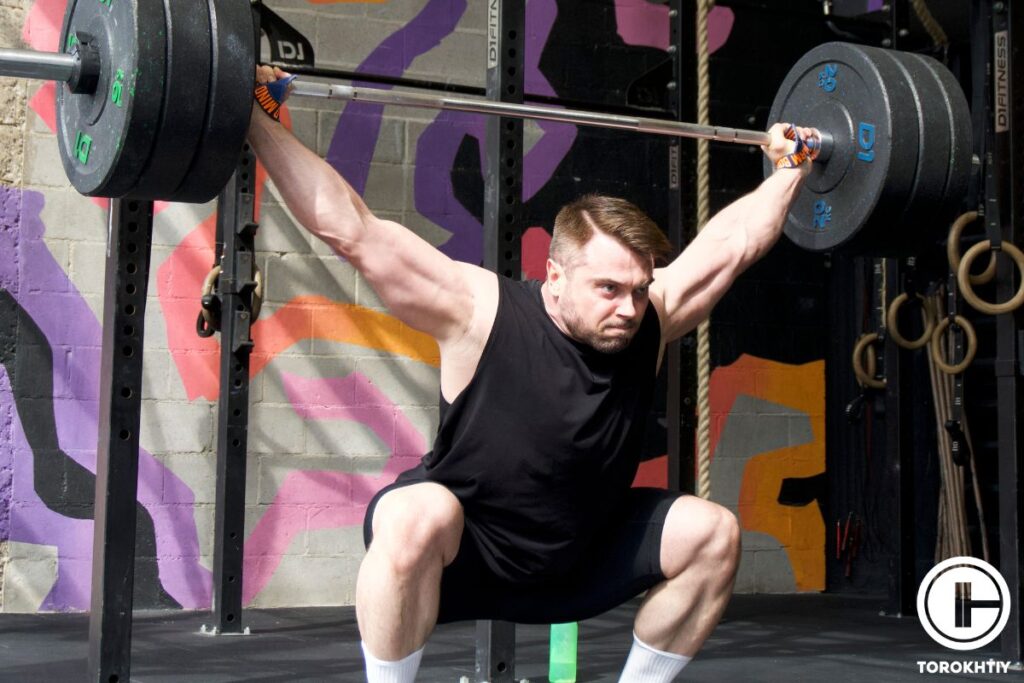
Ask yourself – What do they need to work on? Where areas of their physique can they improve? What are they currently lacking that’s maybe costing them fights or causing injuries? By figuring out the answers, you will have a much better idea of what to include in the program, and you will also know what kind of progress to measure.
Follow us!

Free!
Get a 2-week Weightlifting Program as a bonus for the subscription to kickstart your training plan!

Free!
Not Overloading the Boxer
In pre-season training blocks, you can typically factor in more weight training sessions, as those weeks are used as preparation for the fights ahead, and it’s a given that they will be physically taxing. However, during the boxing seasons and especially in the weeks before a fight, the weight training volume has to be adjusted so that the boxer is entirely ready to give it their all once fight day comes around.
Not to mention that most boxers typically need to lose weight before fights, so weight training becomes even riskier.
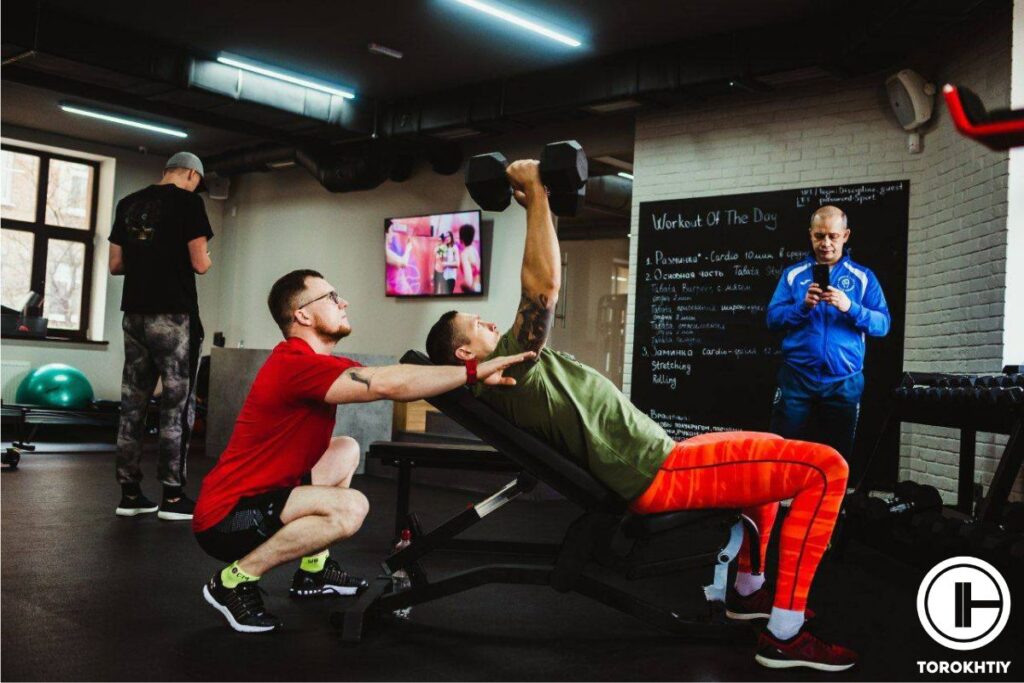
Progressive Overload
Another thing that’s vital to remember is progressive overload. In order to improve when doing strength training, you constantly have to increase either the weight, the reps, or the intensity. If you keep repeating the exact same exercises without any changes, then over time, the progress will stop, and those sessions will essentially become almost a waste of time.
That’s why it’s good to keep track of how much weight you lift every week and to try and increase it once it starts to feel easy. You can also perform some of the movements with a resistance band to add another kind of challenge to your sessions. It is essentially all about scaling the workout in a way that makes sure it’s always a challenge and always pushes you forward.
Boxers Strength Training Programming
As already mentioned in the previous paragraph, the kind of strength training you do largely depends on the time of the season you’re in. However, if we want to look at what an optimal routine for gaining strength would look like, then it has to be something similar to this.
Day 1: Upper Body Power and Strength
1. Bench Press: 4 sets x 6-8 reps
Focus on explosive concentric phase
2. Bent Over Row: 3 sets x 8-10 reps
Emphasize scapular retraction and controlled movement
3. Axe Chops / Woodchoppers: 3 sets x 10 reps per side
Focus on rotational power and control
4. Landmine Rotations: 3 sets x 8 reps per side
Emphasize anti-rotation with powerful turns
Day 2: Lower Body Power and Explosiveness
1. Back Squat: 4 sets x 8-10 reps
Emphasize depth and explosive upward movement
2. Snatch: 4 sets x 4-6 reps
Focus on powerful hip drive and full extension
3. Box Jump: 3 sets x 5 reps
Emphasize explosive jump with soft landing
4. Banded Kettlebell Swings: 3 sets x 12 reps
Drive the hips forward powerfully
Save it for easy access!
Bookmark this page now to access the program and instructional videos anytime, anywhere.
Stop wasting time searching during your gym sessions.
Day 3: Core and Functional Training
1. Shoulder Press: 4 sets x 6-8 reps
Maintain a strong core and steady tempo
2. Barbell Walking Calf Raise: 3 sets x 20 reps
Focus on stability and steady tempo
3. Russian Twists: 3 sets x 15 reps per side
Maintain core engagement and controlled movement
4. Military Plank: 3 sets x 30 seconds
Focus on full core engagement
Volume and Intensity Guidelines:
Warm-Up: Begin each session with dynamic stretching and activation.
Rest Intervals: Allow 2-3 minutes between compound lifts and 1-1.5 minutes for accessory exercises.
Load: Start at 50-60% of maximum capacity and progressively increase the load.
Accessory Exercises: Focus on stability and injury prevention with moderate loads.
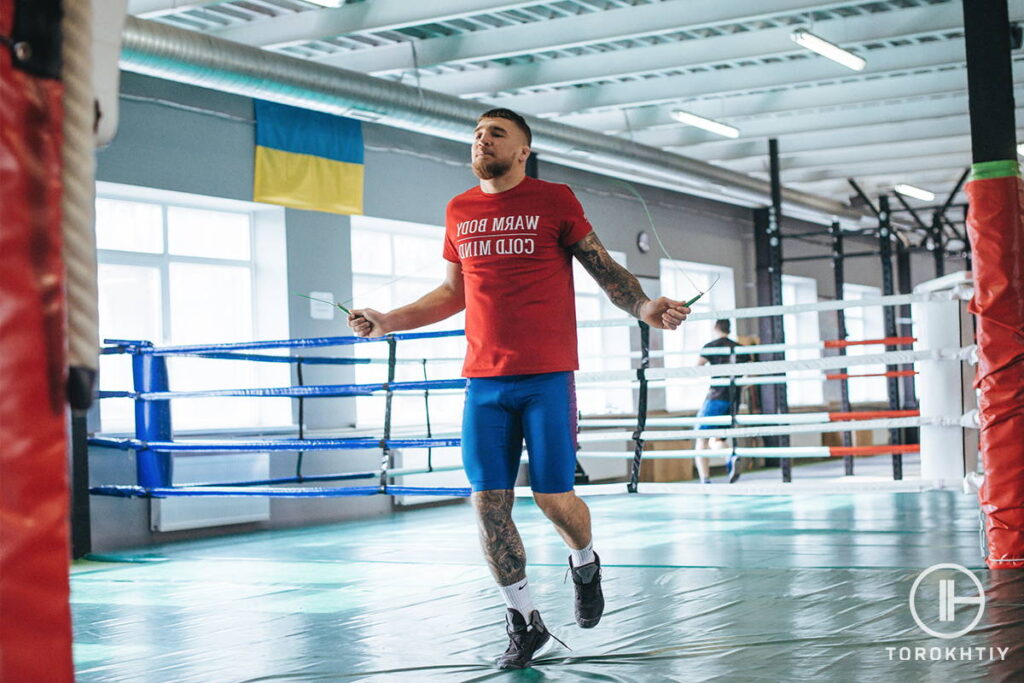
In training blocks, these three training sessions can be repeated twice per week with only one day left to rest and recover. However, during the season, you may opt to do them only once and to go for a schedule that’s like – Monday; Wednesday; or Friday, so you have a rest day between each workout.
It’s vital to remember that along with strength training, boxers will typically have to find time for a boxing session, some aerobic conditioning, and, of course, recovery. And so, if at any point, you feel too tired or you feel like your body can’t take yet another heavy session, then it’s a good idea to either scale the workout or to just altogether skip it.
Basic Equipment You Need
You don’t need to have a ton of equipment in order to do boxing strength training. However, there are still some essential items that you need access to in order for the sessions to be as effective as possible.
Resistance Bands
The resistance band is an incredibly useful piece of equipment that is used to make various “easy” exercises harder. It can be used to make push-ups, pull-ups, and squats more effective, and it’s also terrific for doing mobility work.
Olympic Weightlifting Barbell
The Olympic weightlifting barbell is considered the standard for doing exercises such as the snatch, the squat, the deadlift, and the bench press. Considering that all those are present in a boxing strength training routine, it’s easy to understand why this barbell is considered an essential item.
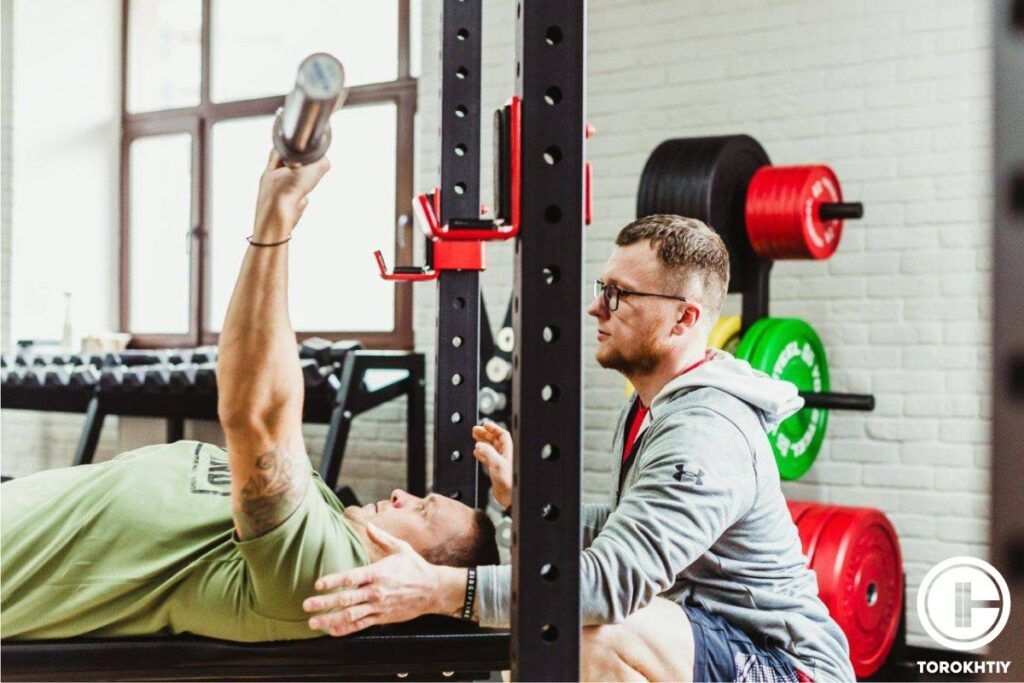
On the market, you will find tons of weightlifting bars; however, you need to look for ones that match the exact dimensions required. Those are 45 pounds in weight and 7 feet long.
Free Weights
Along with the barbell, you also need weight plates that you can add to it in order to increase the weight. As this is training for boxing, you won’t need that many plates. Typically, you need a few 5lbs, 10lbs, 25lbs, and maybe 35lbs at most.
That’s because the strength training boxing workouts are almost never focused on you lifting as much weight as you can but more so on building explosiveness and power, which is why you don’t need to get a ton of weights or the heaviest plates available.
Dumbbells
Here, you can opt for getting various dumbbells of different weights, or you can just opt for the ones that allow you to change the plates and add/remove weight. Along with that, nowadays, there are dumbbells with automatic weight-changing that are much more convenient for a home or garage gym.
Squat Rack
From the name, you can already understand that this is a rack used for squatting. It’s essentially a piece of equipment that you can place the barbell on and load with weight. It’s used not only for squatting but also for shoulder and bench presses.
Bench
The bench is a piece of equipment that’s a must for doing the bench press. However, it’s also useful for some shoulder press variations and bent-over-row variations.
FAQ
Is It Good for Boxers to Lift Weights?
Even though it has been a debate for a long time, lifting weights has been shown to have a positive effect on a boxer’s performance. That’s why if you have a well-made strength training program that takes into consideration your boxing goals, it will only give you benefits.
Should Boxers Squat Heavy?
When there’s sufficient time to rest and recover during a training block, yes; however, the heavy squat is not an exercise that boxers should do too often. Instead, the goal should be to squat with lighter weights but explosively and with a lower weight.
Do Boxers Bench Press?
Yes, however, not too often, and with a weight that’s not too heavy. Typically, when boxers do bench presses, they do so with lighter weight and aim to do the move quicker. That’s because the goal is to build explosives and endurance and not raw strength.
Conclusion
When done right, weight training can be extremely beneficial for boxers. The only issues come when boxers try to follow bodybuilding programs and end up causing themselves injuries and not seeing any benefits. Having said that, what do you believe is the best strength training exercise for boxers? Was it included in our list? Let us know in the comments.
Also read:
- Weight Training for Football
- Strength Training for Basketball Players
- Baseball Weight Lifting Workout
- Strength Training for Hockey Players
- Strength Training for Wrestlers
- Strength Training for BJJ Fighters
- Strength Training for Sprinters
- Strength Training for Rowers
- Weight Bench Guide
References:
- Optimum Power Loads for Elite Boxers: Case Study with the Brazilian National Olympic Team // NCBI: https://www.ncbi.nlm.nih.gov/pmc/articles/PMC6162793/
- Resistance Training with Single vs. Multi-joint Exercises at Equal Total Load Volume: Effects on Body Composition, Cardiorespiratory Fitness, and Muscle Strength // NCBI: https://www.ncbi.nlm.nih.gov/pmc/articles/PMC5744434/
- Cardio-Respiratory Endurance Responses Following a Simulated 3 × 3 Minutes Amateur Boxing Contest in Elite Level Boxers // NCBI: https://www.ncbi.nlm.nih.gov/pmc/articles/PMC6315673/
- Effects of plyometric training on endurance and explosive strength performance in competitive middle- and long-distance runners // NCBI: https://pubmed.ncbi.nlm.nih.gov/23838975/
- Foam Rolling for Delayed-Onset Muscle Soreness and Recovery of Dynamic Performance Measures // NCBI: https://www.ncbi.nlm.nih.gov/pmc/articles/PMC4299735/
Why Trust Us?
With over 20 years in Olympic weightlifting, strength training, nutrition coaching, and general fitness our team does its best to provide the audience with ultimate support and meet the needs and requirements of advanced athletes and professional lifters, as well as people who strive to open new opportunities and develop their physical capabilities with us.
By trusting the recommendations of our certified experts in coaching, nutrition, and sports training programming, as well as scientific consultants, and physiotherapists, we provide you with thorough, well-considered, and scientifically proven content. All the information given in the articles concerning workout programming, separate exercises, and athletic performance, in general, is based on verified data.
The product testing process is described in more detail here.
Author: Sergii Putsov
Head of Sport Science, PhD
Best Results: Snatch – 165 kg,
C&J – 200 kg
Sergii Putsov, Ph.D., is a former professional weightlifter and National team member, achieving multiple medals in the 94 kg weight category at national competitions. With a Master’s degree in “Olympic & Professional Sport Training” and a Sport Science Ph.D. from the International Olympic Academy, Greece, Sergii now leads as the Head of Sport Science. He specializes in designing training programs, writing insightful blog articles, providing live commentary at international weightlifting events, and conducting educational seminars worldwide alongside Olympic weightlifting expert Oleksiy Torokhtiy.
Reviewed by: Oleksiy Torokhtiy
Olympic Weightlifting Champion, PhD in Sport Science
Best Results: Snatch – 200 kg,
C&J – 240 kg
Oleksiy Torokhtiy is a professional athlete boasting 20 years of experience in Olympic weightlifting. With multiple European and World titles under his belt, he has showcased his prowess in two Olympic Games (Beijing 2008 and London 2012). Upon concluding his illustrious career, Oleksiy dedicated himself to coaching. By 2022, he had conducted over 200 weightlifting seminars worldwide. He is the visionary behind an international sportswear and accessories brand known for its motto, “Warm Body Cold Mind.” Additionally, he is an esteemed author and the creator of a series of training programs and eBooks.




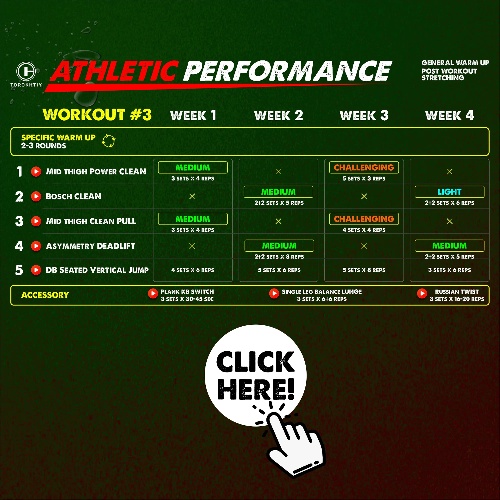


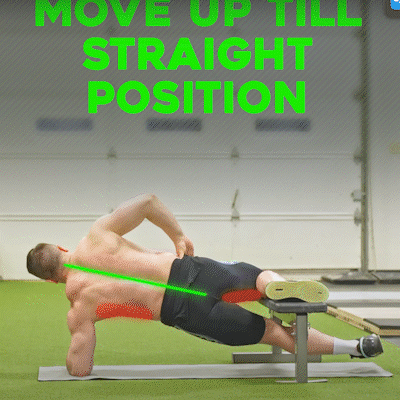
Still have questions after reading our article? Unlock your full potential by engaging with our experts and community! Don’t hesitate — leave a comment below and Sergii Putsov will provide a personalized answer and insights to help you reach your goals.